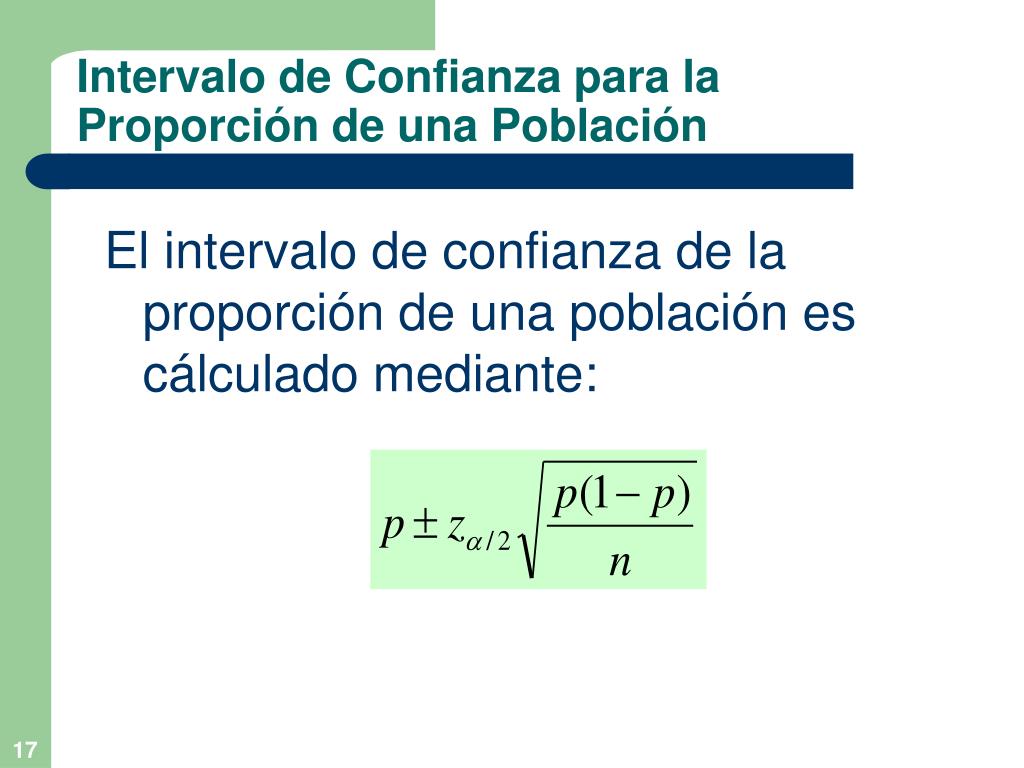

Herbivory by introduced cattle can partially blur sharp pyrophobic/pyrophytic state boundaries by promoting the development of novel post-fire transitional states. Our results support the hypothesis that biological legacies, most importantly the dominance by pyrophytic woody plants that resprout vigorously versus the dominance by pyrophobic obligate seeders, favour fuel and flammability characteristics at the community level which reinforce the mechanisms maintaining pyrophytic shrublands versus pyrophobic forests. However, cattle can increase ratios of dead to live fine fuels, reduce soil moisture, and inhibit tree height growth to canopy size, consequently impeding the development of a closed pyrophobic forest canopy.ĥ- Synthesis. The importance of biological legacies retained from the unburned plant communities was reflected by the substantially higher amounts of total fine fuel, greater vertical and horizontal fuel continuity and the higher temperatures reached during experimental tissue combustion at post-fire shrubland compared to post-fire forest sites.Ĥ.We show that herbivores may produce antagonistic effects on flammability by decreasing tissue ignitability, total fine fuel and litter depth, and disrupting the vertical and horizontal fine fuel continuity, therefore reducing the probability of fire propagation.

antarctica tall shrublands in northwestern Patagonia, Argentina.ģ.Our results show that the retained post-disturbance legacies of tall shrublands and subalpine forests largely determine fuel and flammability traits of the post-fire plant communities 16 years after fire. The current study assesses both the strength of ecological memory resulting from biological legacies of pre-burn vegetation types as well as post-fire effects of livestock.Ģ.Following a severe fire in 1999, we set up a network of long-term exclosures to examine the effects of legacies and cumulative herbivory by cattle on fuel types, amounts, distribution, flammability and micro-environmental conditions in two post-fire communities representing alternative fire-driven states: pyrophobic Nothofagus pumilio subalpine forests and pyrophytic N. However, after fire, the persistence or switch to an alternative state may depend on the complex interplay of ecological memory (biological legacies) and potential effects of new external factors influencing the post-fire environment. Total or relative pseudomonads load could function as soil quality indicator of good agricultural practices.ġ.Ecological memory, often determined by the extent and type of retained biological legacies present following disturbance, may produce persistent landscape patterns. Crop species influence total pseudomonads load of rhizospheres and its community structure. Sustainable soil management seems to promote pseudomonads development in soils, favoring root colonization of crops from those plots. Combined PCR-RFLP profile of both genes showed a seasonal grouping of samples. Also, crop species influenced pseudomonads density in the rhizosphere. Rhizospheric counts from the same crop were affected by agricultural treatments.

Colonies from these plates served as DNA source to carry out PCR-RFLP community structure analysis of the pseudomonads-specific marker genes oprF and gacA.Ībundance of total and fluorescent culturable pseudomonads in bulk soils was influenced by seasonal changes and agricultural practices. Culturable fluorescent and total pseudomonads were enumerated by plating on Gould’s selective medium S1. Samples were collected in summer and winter during 20. We sampled soils and root systems from agricultural plots in which sustainable or non-sustainable agricultural practices have been applied. Pseudomonads abundance and community structure were analyzed in no-till soils with different agricultural practices, in productive fields along 400 km of Argentinean Pampas.

20 × 106 ha are cultivated under no-tillage in Argentina and there is a need to find new biologically-based soil quality indexes to distinguish between sustainable and non-sustainable agricultural practices. Members of the genus Pseudomonas are common inhabitants of rhizospheres and soils, and it is known that soil types and crop species influence their population density and structure.


 0 kommentar(er)
0 kommentar(er)
